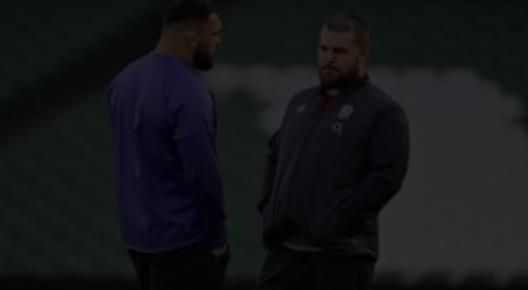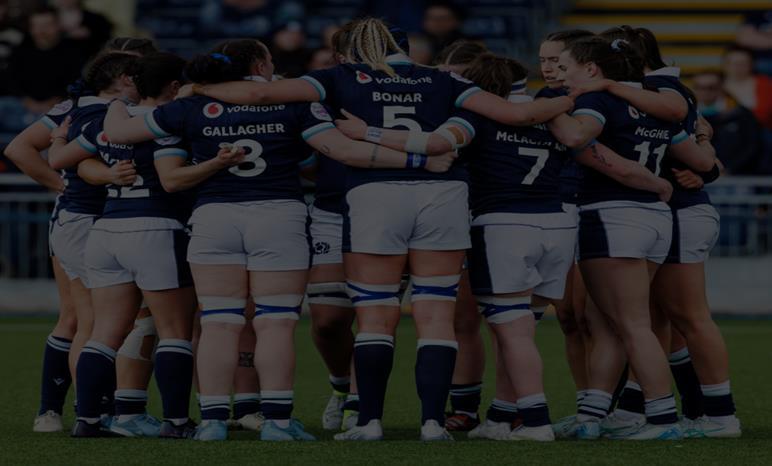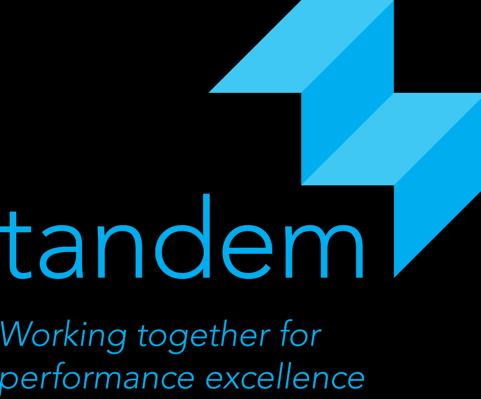

Quality coach-athlete relationships: Connections that transcend
DR SOPHIAJOWETT
TANDEM PERFORMANCE
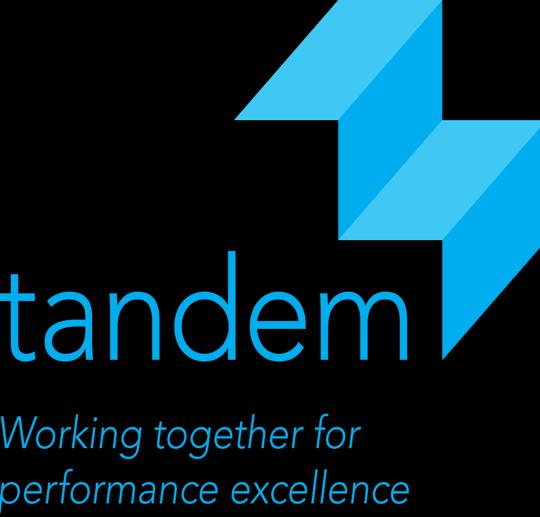
Saturday 17th April 2025

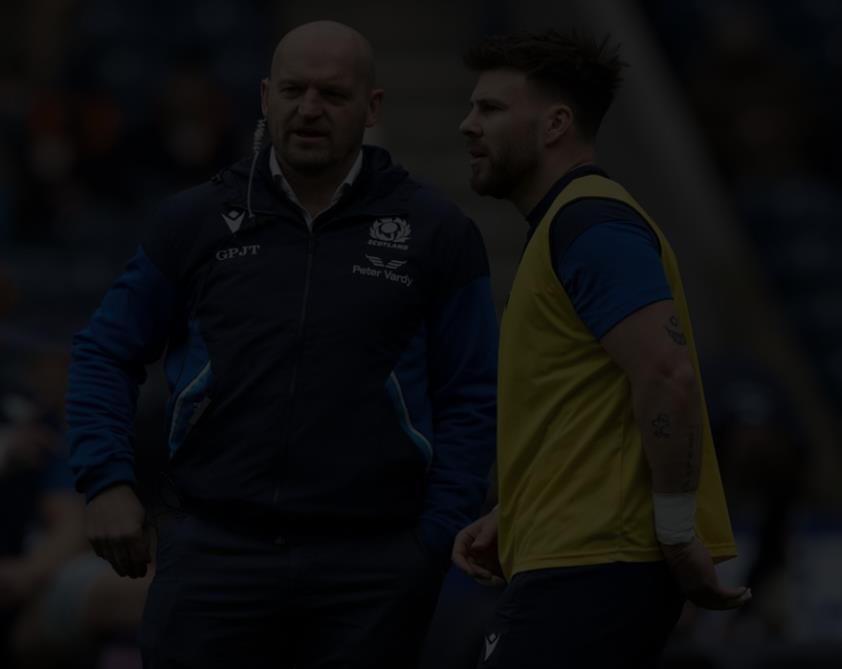
“WHAT DOES A QUALITYCOACH-ATHLETE RELATIONSHIP LOOK LIKE?”

WHAT ARE THE MAIN INGREDIENTS OF GOOD QUALITY RELATIONSHIPS?

The 3+1Cs Model of the COACH-ATHLETE RELATIONSHIP QUALITY

Closeness refers to the affective bond an athlete and a coach develops and is expressed through their feelings of trust, respect, appreciation, liking



Commitment refers to an athlete and a coach’s thoughts to maintain a close relationship over time
Closeness

Co-orientation refers to the degree to which there is agreement and similarity between an athlete and a coach’s perceptions about the relationship quality




Complementarity refers to an athlete and a coach’s behaviours of co-operation and collaboration
Jowett, 2007, 2017; Jowett & Felton, 2024
“WHY IS A GOOD QUALITY COACH-ATHLETE
RELATIONSHIP
IMPORTANT?”

,

Good quality relationships impact performance & wellbeing
Research shows that the quality of the coach-athlete relationship is linked to:
• performance-related outcomes (e.g., confidence, physical selfconcept, motivation, engagement, team cohesion, collective efficacy, subjective & objective performance)
• wellbeing-related outcomes (e.g., positive mental states, positive affect, vitality, sport & life satisfaction, optimism, positivity flourishing, low depression)
Both of which are important ingredients for thriving (see e.g., Davis et al., 2022; Felton & Jowett, 2017; Gosai et al., 2023; Jowett et al., 2023; Philips et al., 2023).


Coaching Effectiveness

A coach and an athlete are locked into a two-person (dyadic) relationship and the quality of the relationship offers a measure of coaching effectiveness …and performance success.
(Jowett, 2017)
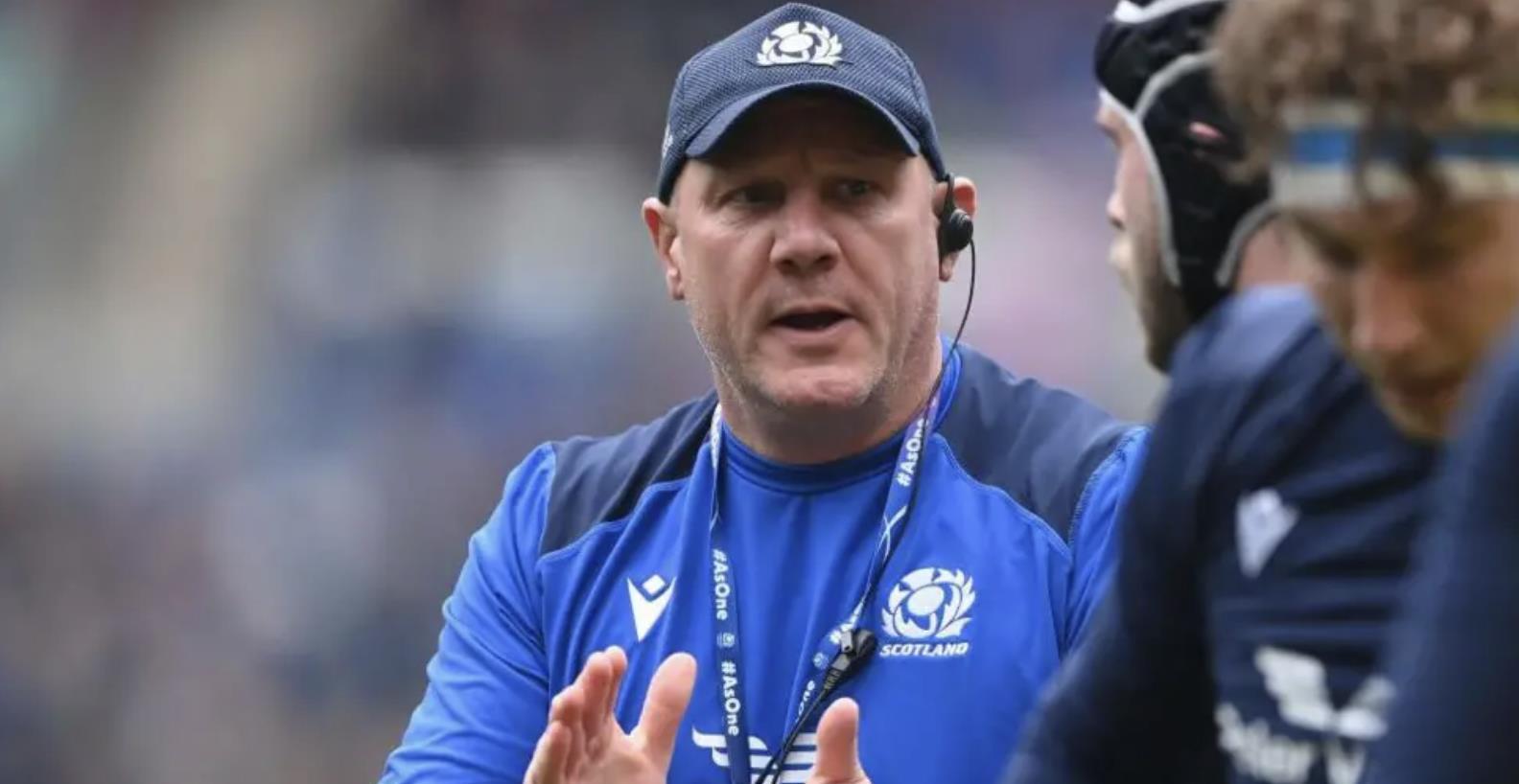





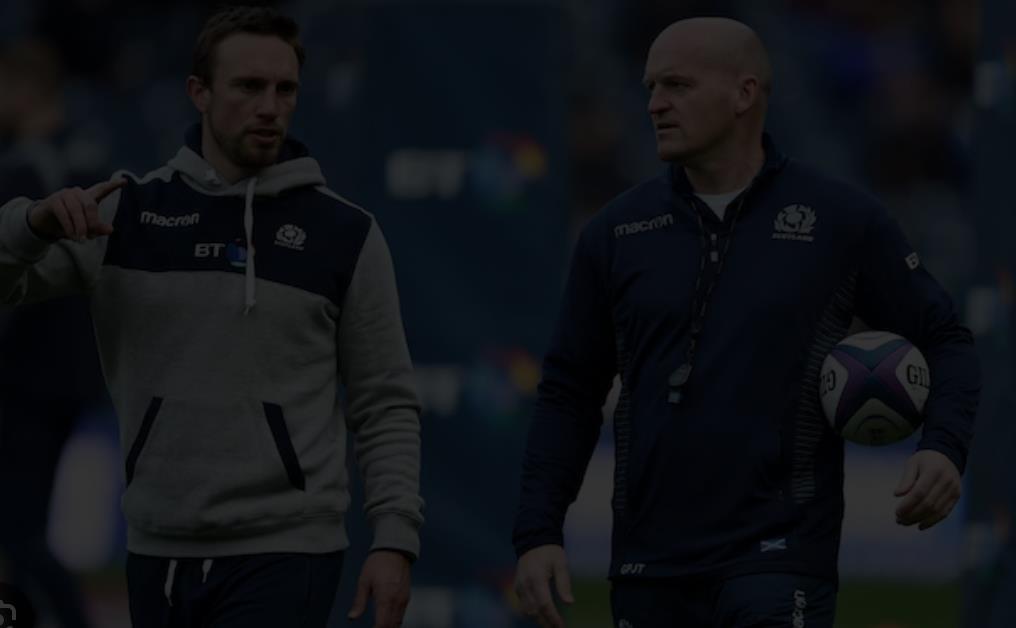
Jowett & Felton, 2024
“HOW DO I DEVELOP COACH-ATHLETE RELATIONSHIPS THAT REALLY WORK?”

HOW DELIBERATE OR INTENTIONAL ARE YOU IN BUILDING RELATIONSHIPS?
Closeness Commitment Complementarity Coorientation
Be open – offer info don’t hide or mark or omit –openness is reciprocated
Be honest
Show your competence and skills as coach – gain your athletes’ admiration & respect
Be reliable, consistent, predictable helps with trust
Produce individualised developmental plans
Set clear goals for individuals and team
Work together
Lead and follow
Speak from the heart –speak your feelings
Involve your athletes in the decision-making process –ask them what they (you) need to be more effective and more committed
Keep your communication, feedback, support simple but make it impactful

Develop mutual knowledge and understanding
Identify similarity & develop it
Clarify roles and reinforce rules
Take the other person’s perspective – view the world from your athletes’ eyes
What behaviours would promote higher levels of the 4Cs?
Listen and learn from your athletes – organise 1-1 meetings
Explain consequences if rules are not met Support and Challenge appropriately
Build a common ground and ensure this is continuously updated
Keep secrets imparted to you – don’t gossip
Don’ be afraid to be vulnerable
Appreciate their needs and short/long terms goals
Understand what makes them tick
Show flexibility and adaptability
Develop: Common goals
Common preferences
(Jowett & Shanmugam, 2016)
Closeness Commitment Complementarity Coorientation
Be open – offer info don’t hide or mark or omit –openness is reciprocated
Be honest
Produce individualised developmental plans
Work together
Lead and follow
Set clear goals for individuals and team
Show your competence and skills as coach – gain your athletes’ admiration & respect
Be reliable, consistent, predictable helps with trust
Involve your athletes in the decision-making process –ask them what they (you) need to be more effective and more committed
Keep your communication, feedback, support simple but make it impactful
Clarify roles and reinforce rules

Develop mutual knowledge and understanding
Identify similarity & develop it
Speak from the heart –speak your feelings
Listen and learn from your athletes – organise 1-1 meetings
Explain consequences if rules are not met
Take the other person’s perspective – view the world from your athletes’ eyes
Build a common ground and ensure this is continuously updated
Keep secrets imparted to you – don’t gossip
Don’ be afraid to be vulnerable
Appreciate their needs and short/long terms goals
Support and Challenge appropriately
Develop: Common goals
Show flexibility and adaptability
Common preferences
Understand what makes them tick

Communication
Communication between people is the “fuel” that activates relationships –talking,listening,acting together,disclosing, makingjointdecisions, arguingandthelikeare key social processes

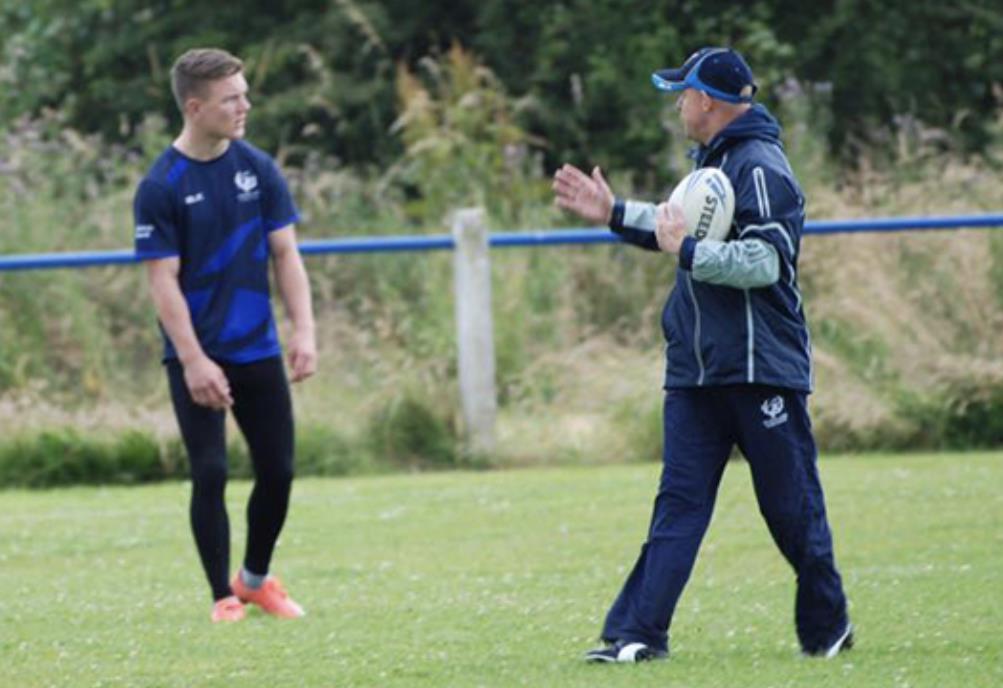
(Duck & Pond,1989)
